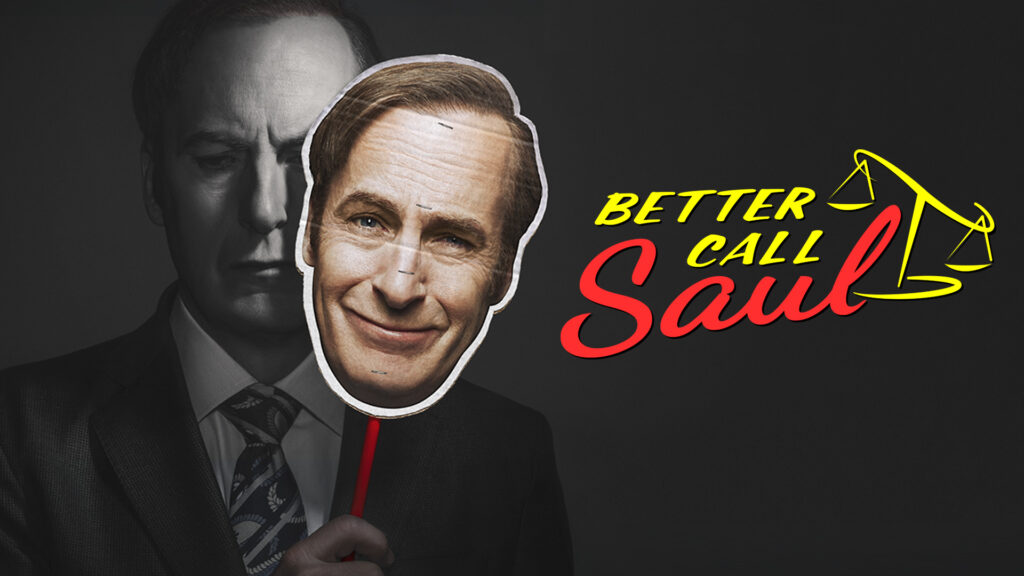The Breaking Bad universe has delivered some of television’s most compelling characters and morally complex storytelling. After analyzing Walter White’s descent in Breaking Bad and Jesse Pinkman’s journey to redemption in El Camino, it’s only fitting to explore Better Call Saul—a prequel that not only holds its own but often surpasses its predecessor in emotional weight and narrative depth.
From Slippin’ Jimmy to Saul Goodman
Better Call Saul tells the story of Jimmy McGill, a once well-meaning lawyer with a hustler’s heart, as he transforms into Saul Goodman—the morally flexible attorney we met in Breaking Bad. Bob Odenkirk delivers a stunning performance, balancing humor, desperation, and tragedy.
The brilliance of this show lies in its slow burn. Jimmy’s evolution doesn’t hinge on a single act but on years of subtle compromises, emotional wounds, and strained relationships. It’s a story not about a man breaking bad overnight, but about the erosion of character over time.
Kim Wexler: The Heart of the Story
If Jimmy is the show’s soul, then Kim Wexler is its conscience. Rhea Seehorn delivers a masterclass performance as Kim—a fiercely intelligent, principled lawyer who slowly becomes entangled in Jimmy’s morally murky world.
Her journey is heartbreaking. What begins as a professional partnership evolves into a deep emotional bond. But as their schemes spiral into manipulation and risk, Kim begins to mirror Jimmy’s flaws. Her eventual withdrawal is devastating, leaving behind a void Jimmy fills with the mask of Saul Goodman.
A Visual and Narrative Triumph
The visual storytelling in Better Call Saul is nothing short of art. Every frame is meticulously crafted—from the sterile courtroom environments to the saturated Albuquerque skies. The cinematography often mirrors the internal chaos of its characters.
Particularly striking are the black-and-white sequences of “Gene Takavic”—Jimmy’s identity in hiding. These segments add a haunting sense of finality and reflection, showcasing the emotional cost of the life he chose.
Identity, Justice, and Moral Collapse
More than a prequel, Better Call Saul is a meditation on identity, morality, and the gray areas between intention and action. Is Jimmy inherently “bad,” or is he shaped by trauma and rejection? Can love redeem us—or corrupt us?
The show also explores the flaws in the legal system. Jimmy doesn’t just exploit legal loopholes; he exposes the system’s inherent contradictions. This isn’t just a courtroom drama—it’s a philosophical examination of what it means to “do the right thing” when the rules don’t always reward it.
Critical Legacy and Final Thoughts
Since its debut, Better Call Saul has been critically acclaimed and widely regarded as one of the best prequels ever made. It doesn’t merely add context to Breaking Bad—it deepens and enhances it.
By the end, Jimmy McGill is gone, Saul Goodman has run his course, and Gene Takavic fades into obscurity. What remains is a story about the cost of survival, the fragility of identity, and the people we hurt—especially ourselves.
More from the Breaking Bad Universe
If Better Call Saul gripped you, don’t miss the rest of the saga:
Together, these stories form one of the richest and most introspective television universes of our time.
